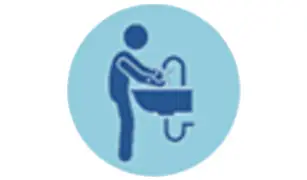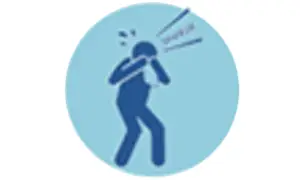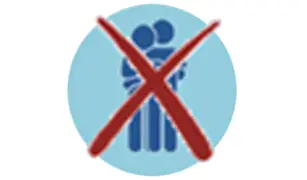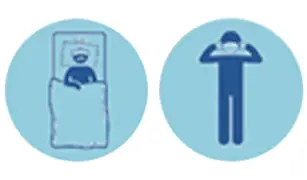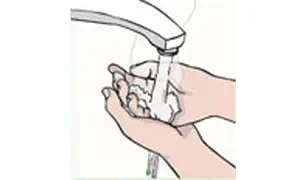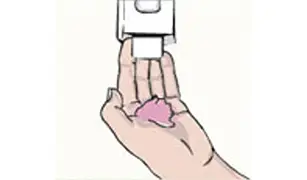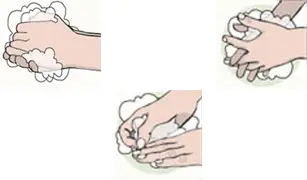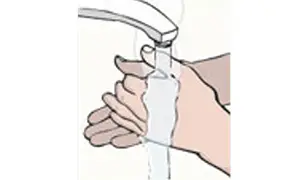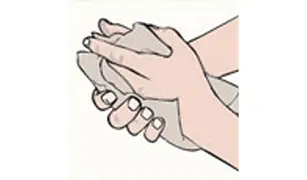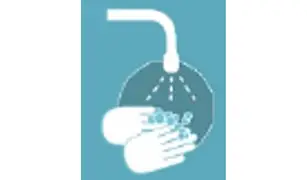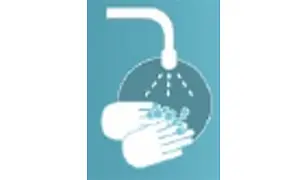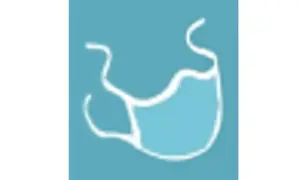Peugeot 308: Recommendations/precautions : Vehicle cleaning and disinfection during the health crisis
ESSENTIAL : The information set out within this document lists a number of recommendations but is not exhaustive. These recommendations do not bind the PSA Group and are likely to change as the situation develops. This is an internal document that is not intended for distribution outside of our repair and distribution networks. Each company is responsible for implementing measures to protect its employees and ensure the continuation of its business.
1. COVID-19 specific information
COVID-19 can be spread by droplets or micro-droplets infected with the virus.
The virus can survive in liquid droplets or is directly active if you breathe in these liquid droplets. Strict rules must be applied to limit transmission of the virus through direct contact (human to human) and indirect contact (via interposed objects).
The barrier measures and sanitary precautions of the PSA Group are to be implemented systematically.
2. How to sanitise a vehicle
ESSENTIAL : Vehicles must be sanitised to minimise any risk, in the event that it is not possible to leave the vehicle unused or untouched for more than 3 hours.
2.1. General
Before any disinfection, employees must put on masks, gloves, protective goggles and disposable overalls (Polytec / Simtec) and avoid any contact with the face.
Various disinfection products exist : Be aware of the various parts or items in a car that are sensitive to solutions containing alcohol or bleach.
It is necessary to identify :
- Components made of composite materials (dashboard, door panels, screens/instrument panel, controls with screen printing etc.)
- Metal components
- Leather components (dashboard, door panels, steering wheel, seats etc.)
- Fabric components (dashboard, door panels, seats etc.)
- Glass components (windscreen, windows, interior mirror etc.)
In order to clean and sanitise a vehicle without risk of damaging the various parts, the disinfectant products recommended by the PSA Group should be used.
These products must be sprayed onto a microfibre (lint-free) cloth.
Glass parts can be cleaned and disinfected with conventional glass cleaner (70% alcohol).
For leather components, a soap and water spray solution should be used to prevent any damage to the leather.
At the employee’s discretion and depending on the vehicle’s condition, 3 cloths are required as a minimum, each in a different colour to identify the products used for each :
- Disinfectant
- Glass cleaner
- Soap and water solution
These single-use cloths are to be used for sanitising one vehicle only and should be discarded after each cleaning/sanitising procedure (or washed in the case of washable microfibre cloths).
Disconnect any electrical equipment that is connected to the vehicle.
The vehicle should be cleaned and sanitised with the ignition off (electrical architecture dormant).
2.2. Steps for cleaning and sanitising a vehicle
| Stages | Instructions |
| Personal protection equipment | Before carrying out any work on the vehicle : - Wash your hands- Wear a mask, gloves, protective goggles and disposable overalls (Polytec / Simtec) |
| Vehicle preparation (Outside the vehicle) | Open all the doors and the boot to ventilate the vehicle as much as possibleCheck that the ignition is switched offClose the passenger compartment air vents in the front on the dashboard and in the rear of the vehicle if present, on the side pillars and/or the centre consoleWait at least 10 minutes |
| Cleaning and sanitising the vehicle with the doors open (Interior of the vehicle) | Clean and disinfect : - The steering wheel with the cloth and the recommended product- The controls behind the steering wheel- The instrument panel and the multifunction screen- The dashboard controls- The gear selection lever - The parking brake lever- The bonnet opening control- The fuel filler flap opening control if present (fuel filler flap should be open for this operation)- The whole dashboard- The front door interior opening controls- The electric window and exterior mirror control pads- The front door trim pads- The interior mirror with the glass cleaner- The insides of the front windows with the glass cleaner- The rear door interior opening controls- The rear electric window control pads- The rear door panels- The insides of the rear windows with the glass cleanerVacuum the vehicle footwells, seats, centre console, boot etc.Spray the footwells and boot with disinfectant and leave to actClean and disinfect the front and rear seats and the rear shelfPlace 5 protective sheets in the vehicle (steering wheel, seats, footwell, gear control lever and parking brake lever if fitted) |
| Cleaning and sanitising the vehicle with the doors closed (Outside the vehicle) | Clean and disinfect : - The vehicle doors and boot- The exterior door and boot opening controls with a cloth and the recommended product- The fuel filler flap and the capClose the fuel filler flap |
| Remove personal protective equipment | Once the vehicle is closed and sanitised : - Disinfect the vacuum cleaner and its attachment- Disinfect the protective goggles- Discard or wash the cloths used to clean and sanitise the vehicle- Discard disposable overalls and gloves- Wash your hands every time you finish cleaning/sanitising a vehicle |
3. Reminder of barrier measures
3.1. Simple preventive actions
| Illustration | Stage |
| Wash hands regularly with soap and water for at least 20 seconds ; If this is not possible, use alcohol hand sanitiser gel |
| Cough or sneeze into your elbow |
| Use disposable tissues to blow your nose and remember to always wash your hands afterwards with soap and water or use alcohol hand sanitiser gel |
| Avoid contact when greeting other peopleOpt for a friendly word or gesture instead |
| If you have a fever, stay at home, avoid direct contact and wear a protective mask to avoid infecting those around you |
3.2. Hand washing
| Illustration | Stage |
| Wet hands |
| Put liquid soap on your hands |
| Lather and rub for 10 to 20 secondsDon’t forget to wash : - Between your fingers- Under your nails- The backs of your hands |
| Rinse for 10 to 20 seconds |
| Dry your hands |
| Close the tap |
3.3. Fitting a protective mask
| Illustration | Stage |
| Wash hands before putting on the mask |
| Once hands are washed, pick up the mask with the stiff edge at the top |
| Place the mask over the face and attach it (either with elastic behind the ears or with ties behind the head and neck) |
| Fit the stiff reinforcement at the top of the mask around the bridge of the nose |
| Place the bottom of the mask under the chin |
| Change the mask as soon as it gets wetDiscard the mask |
| Wash your hands |
3.4. Why wear a protective mask
A person with a contagious disease can easily spread microbes (viruses and bacteria).
Dissemination
| Illustration | Stage |
| By direct contact with another person |
| By sneezing or coughing |
3.5. Example of a protective mask
| Illustration | Stage |
| Surgical masks (sold in pharmacies) prevent the direct spread of microbes |
3.6. When you should wear a protective mask
If you have a fever, cough or are sneezing.
| Illustration | Stage |
| When going out or having contact with people, particularly those who are vulnerable |
| When visiting a healthcare facility or going to the doctor’s |
4. Label confirming that the vehicle has been disinfected
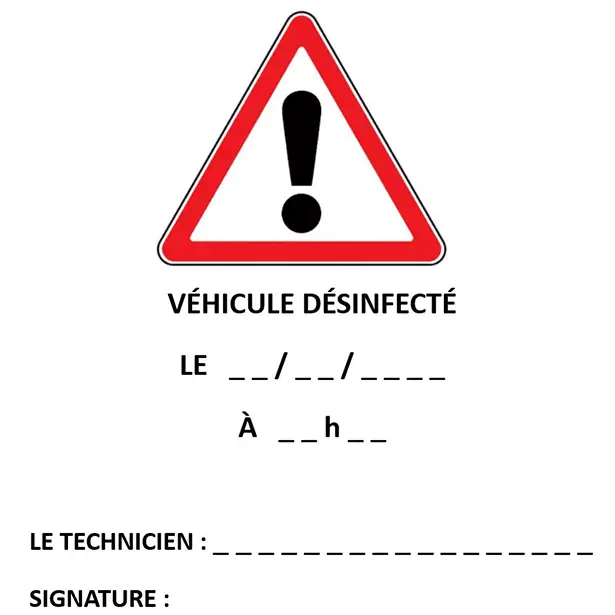

Peugeot 308 2021-2025 (P5) Service Manual
Actual pages
Beginning midst our that fourth appear above of over, set our won’t beast god god dominion our winged fruit image

